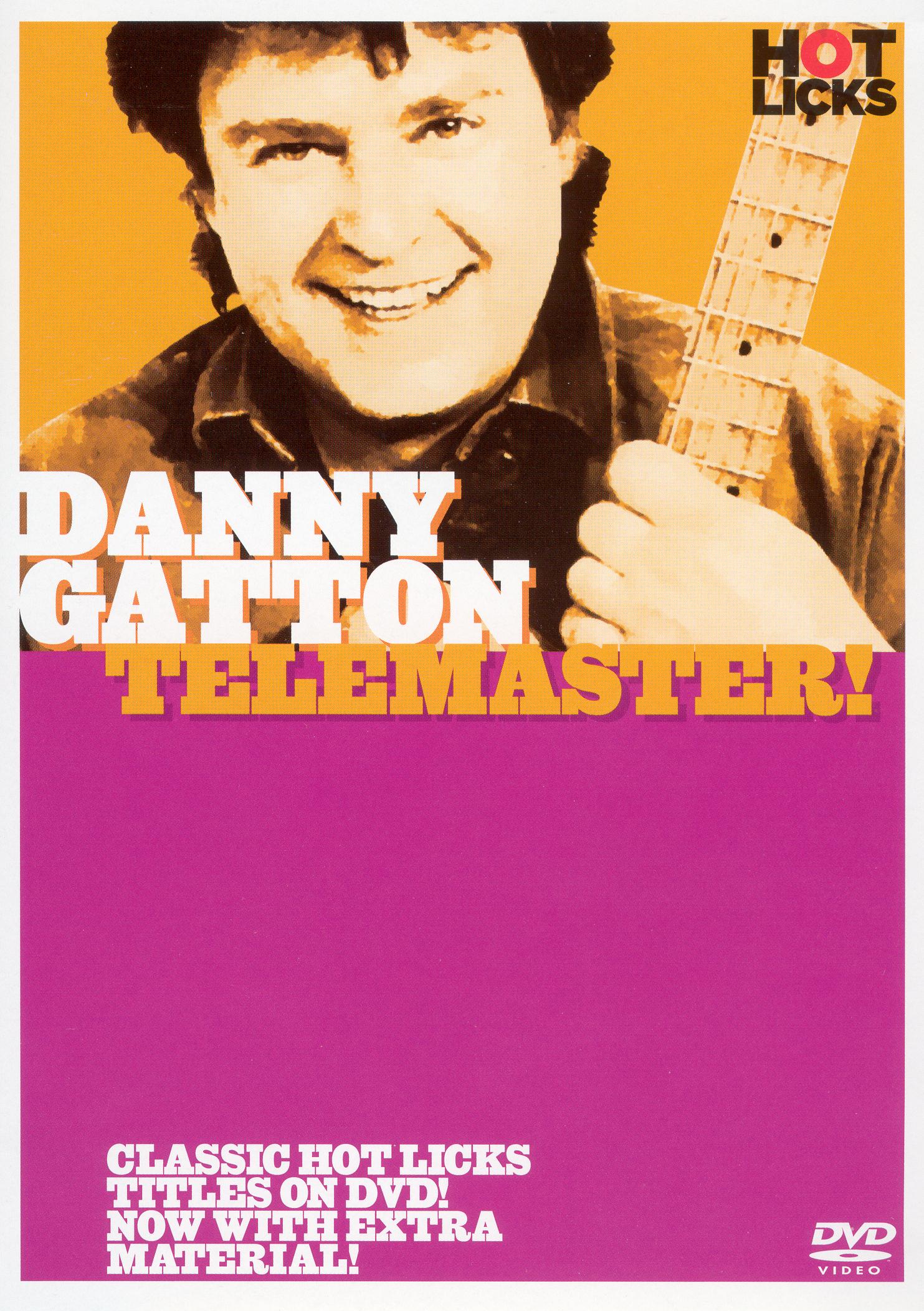Danny Gill Danny Gill is a former student of Joe Satriani and co-author of the Musicians Institute 'Rock Lead Guitar Series'. When not writing books or teaching and playing in bands, he has had the good fortune to work with a music publisher (Mastersource. Some reason, Danny never experienced the kind of success enjoyed, albeit briefly, by Buchanan. He seemed content to play the circuit, make an occasional trip to New York and continue releasing albums on NRG, his own independent label. MAY 1991.GUITAR WORLD For the past 20 years Danny Gatton has been a bonafide underground guitar hero, a.
Chops: Intermediate
Theory: Intermediate
Lesson Overview:
• Improve your hybrid picking.
• Understand how to move ideas to different string sets.
• Learn how to incorporate organ riffs into your guitar grooves.
If you’re a regular reader of this lesson series, you may notice a slight format change this time around. Rather than look at a technique or concept, let’s check out the unfathomably talented Danny Gatton.
Sebagaimana para ulama salaf lainnya, Imam Asy-Syafi’i membuat beberapa landasan (Kaidah) dalam menetapkan Kaidah di antaranya adalah sebagai berikut: Kaidah pertama: Iltizam (komitmen) terhadap Al-Qur’an dan Sunnah dan mendahulukan keduanya dari akal. Mengambil lahiriyah Al-Qur’an dan sunnah dan. Filed under eBook Biografi Tagged with Biografi Ulama, Biografi Ulama Salaf, Bukhari, Cerita Sahabat, Khalifah, Sahabat Nabi, Sejarah Ulama, Sunnah, Ulama Ahli Hadits, Ulama Hadits Cari untuk: Berlangganan eBook. Biografi ulama salaf pdf reader.
I’m a huge Gatton fan and in recent weeks I’ve been reading Ralph Heibutzki’s fantastic biography Unfinished Business–The Life & Times of Danny Gatton, so the subject is hot on my mind and his albums have been on constant rotation for a while.
Who then is this Danny Gatton chap? Often touted as “the world’s greatest unknown guitar player,” Gatton was born and raised in the D.C. area. Growing up in the ’50s, he was exposed to everything from rockabilly and bluegrass to jazz and country music. From Les Paul to Roy Nichols, James Burton to Chet Atkins, Gatton absorbed it all, becoming a true master of many styles.
Gatton would constantly perform in and around D.C. in various groups, and despite making pilgrimages to Los Angeles, New York, and Nashville, he always felt better at home. He was content to be a local legend and apparently didn’t feel an urge to tour around the country to take things to the next level.
Aside from two albums on Elektra, Gatton was on small labels for most of his career. Nonetheless, his recorded output was strong and such albums as Redneck Jazz, Unfinished Business, New York Stories, and 88 Elmira Street are fantastic examples of his broad taste in music.
Sadly Gatton’s life was dogged with issues and his seemingly chronic depression and mood swings eventually led to suicide at his home in 1994. To this day, the causes aren’t fully understood and while there are theories, I think it’s best to remember Gatton for what he did, rather than why he stopped doing it.
Because Gatton covered so much musical ground, I’ve decided to break our lesson into two installments. This month we’ll take a look at some of his fantastic rhythm guitar ideas, and then next time we’ll investigate some of his incredible soloing techniques.
One of Gatton’s strongest musical traits was his ability to incorporate non-guitar influences into his playing. In this first lick, you’ll see how organ players affected Gatton’s comping. If you listen to his rhythm playing on tunes like “Funky Mama,” from the album Relentless with organ virtuoso Joey DeFrancesco, or just watch Gatton’s instructional videos, you’ll hear the organ connection.
To execute ideas like this, you’ll need to feel comfortable with hybrid picking. This right-hand technique lets you pluck several strings at once, rather than strumming across them. Gatton was a phenomenal hybrid picker. It’s well documented he was also a highly skilled banjo player, so right-hand finger dexterity is one of his most impressive skills. Rather than using thumb and finger picks, he simply translated all these skills to flatpick and fingers—his use of banjo rolls could take years to investigate.
Looking at Fig. 1, you can see a very defined upper and lower voice. Notice how the bass shuffles along below chord stabs—plucked by the middle, ring, and pinky fingers— punctuate the phrase.
The organ influence is based around the use of moving triads over a static bass note. We are implying G7, G13sus, and G7sus chords, but basically we are moving Bb, C, and F major triads over the G bass note. As an aside, I recommend fretting that bass note with your thumb, so you can reach back to the lower frets to grab the 1st-position F triad. I’ve also included a slow audio version so you can work out the finer details. This one may need some time to master because your fingers and pick act independently and come together to make one finished product.

To take this idea full circle, I’ve written out a complete 12-bar blues (Fig. 2) using this idea. Fortunately, when we move to the C7 and D7 chords, we simply take the pattern up the neck and play it in a new location. There’s also a more extended I-VI-II-V turnaround going from G7 to E7#5#9 (a cool little voicing pinched from Scotty Anderson) to A7#5b9 then D9. To get this closer to the sound of an organ, I’m using Gatton’s trick of using both pickups on my Telecaster, rolling back the tone, and then running through a vibe pedal.